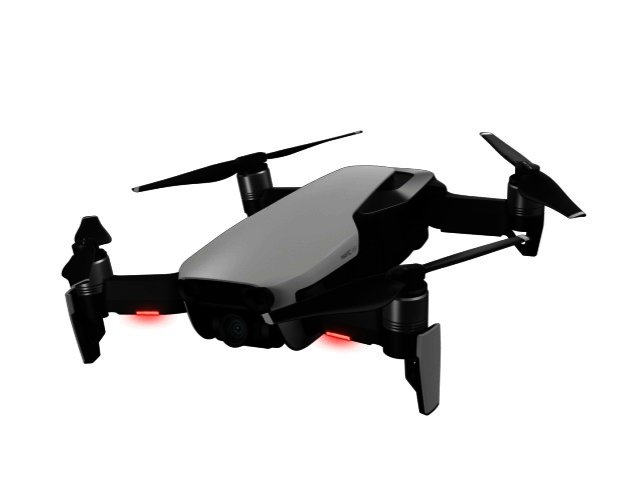If you’re an avid photographer, travel writer or simply a gadget enthusiast with an appreciation of the great outdoors, you will want to travel with your drone. What better way to document and share your unique perspective of that local or exotic destination?
However, just as there are laws governing where to fly drones, there are laws governing how and where to travel with them. These are important to take into consideration for safety and security reasons, as well as to avoid any legal surprises when you’re far from home. Some of these regulations are airline- or nation-specific, but most apply globally.
Drones on a plane
Generally, rules for carrying drones as part of luggage are relatively straightforward.
“Depending on the size of your unit, drones may either be checked in or taken as carry-on luggage on most airlines,” says Alicja Radwanska, chief marketing officer at weFix,currently South Africa’s only authorised repair partner of DJI drones.
“Unless an airline specifically prohibits it, it is best to pack your drone as carry-on luggage as with other valuables like cameras and laptops.”
Reduce risk of damage during handling by storing your drone in protective casing if it’s going into the hold. Certain airlines do not allow drones at all, so always confirm regulations before arriving at check-in with a drone in your luggage.
Batteries rule, ok?
Whether you decide to fly your drone in the hold or on the seat next to you, its batteries may never be checked in. This is due to the very remote risk of a battery overheating and catching alight. In this unlikely scenario, the airline crew is better able to deal with a fire in the passenger cabin rather than at the bottom of the plane.
Regulations may differ from airline to airline, but it is common that rechargeable lithium-ion batteries must have a maximum Watt-Hour rating of 100 Wh, and that no more than two can be transported together at a time.
To reduce the risk of combustion, store batteries in sealed packaging or cover battery terminals with electrical tape. Investing in a “battery safe bag” is a great option if you want to sail through security with ease. A further precaution is to drain the battery to one bar, or about 10% capacity, before boarding the plane.
“It should go without saying - always cooperate with airport personnel when moving through security checkpoints and respond to questions quickly and respectfully,” says Radwanska.
Your drone may not be welcome
Regulations and restrictions in certain parts of the world are quite rigid, with drones being completely banned by certain governments including several Africa nations such as Egypt, Kenya, Ethiopia and Zambia. They are restricted in Canada and the UAE, as well as in European countries including Belgium, Denmark and Spain.
weFix’s DJI experts advise that you not flaunt bans as you may risk arrest.
Travel comforts
Always pack an extra set of propellers and a basic tool kit so that you can repair light damage, in the unfortunate event of a crash far from home or on foreign soil.
“If you’re on a walking or hiking holiday, store your drone in a bag that is comfortably carried, and adequately padded against bumps and other damage,” suggests Radwanska. “If you invest in drone and remote-control cases, these can be placed in a single larger, soft bag,” she adds.
Sense that is common
After acquainting yourself with airline regulations, don’t neglect to investigate local bylaws wherever you’re going. Just like at home, use your drone in a manner that does not endanger or disrespect other people. Avoid flying around national monuments or significant landmarks in any country as this may attract the attention of local authorities – nobody has time for that on holiday!
DJI drone experts at weFix recommend these travel essentials:
DJI battery safe bag
DJI drone hard case for checked-in luggage
DJI drone and remote cases
Extra propellers
You can find all these at the weFix online store.





